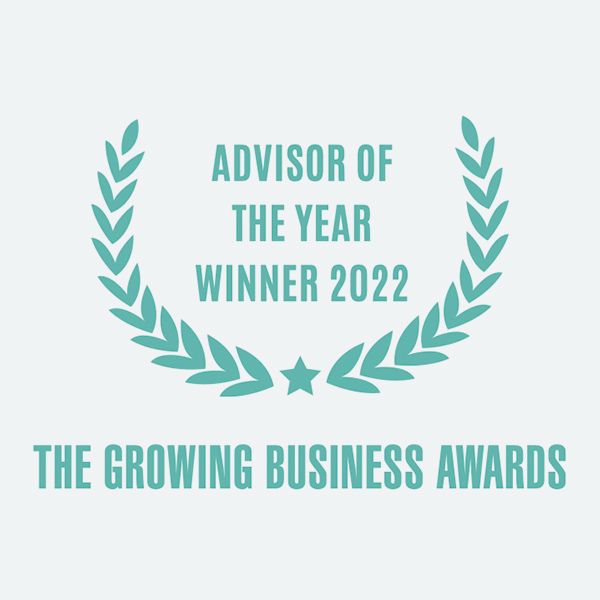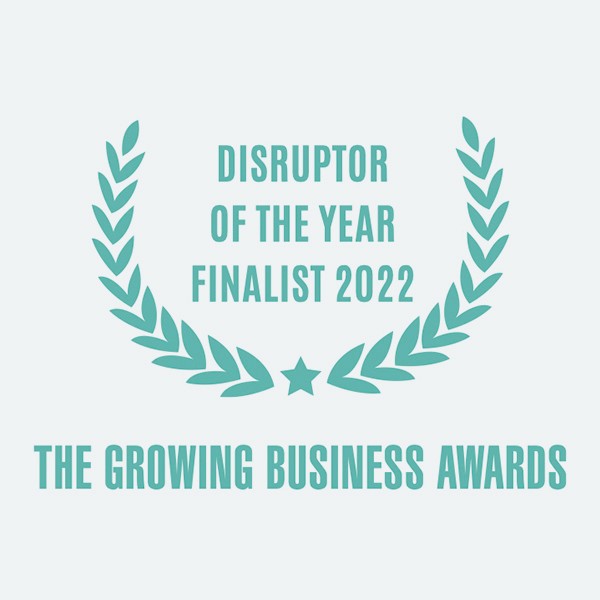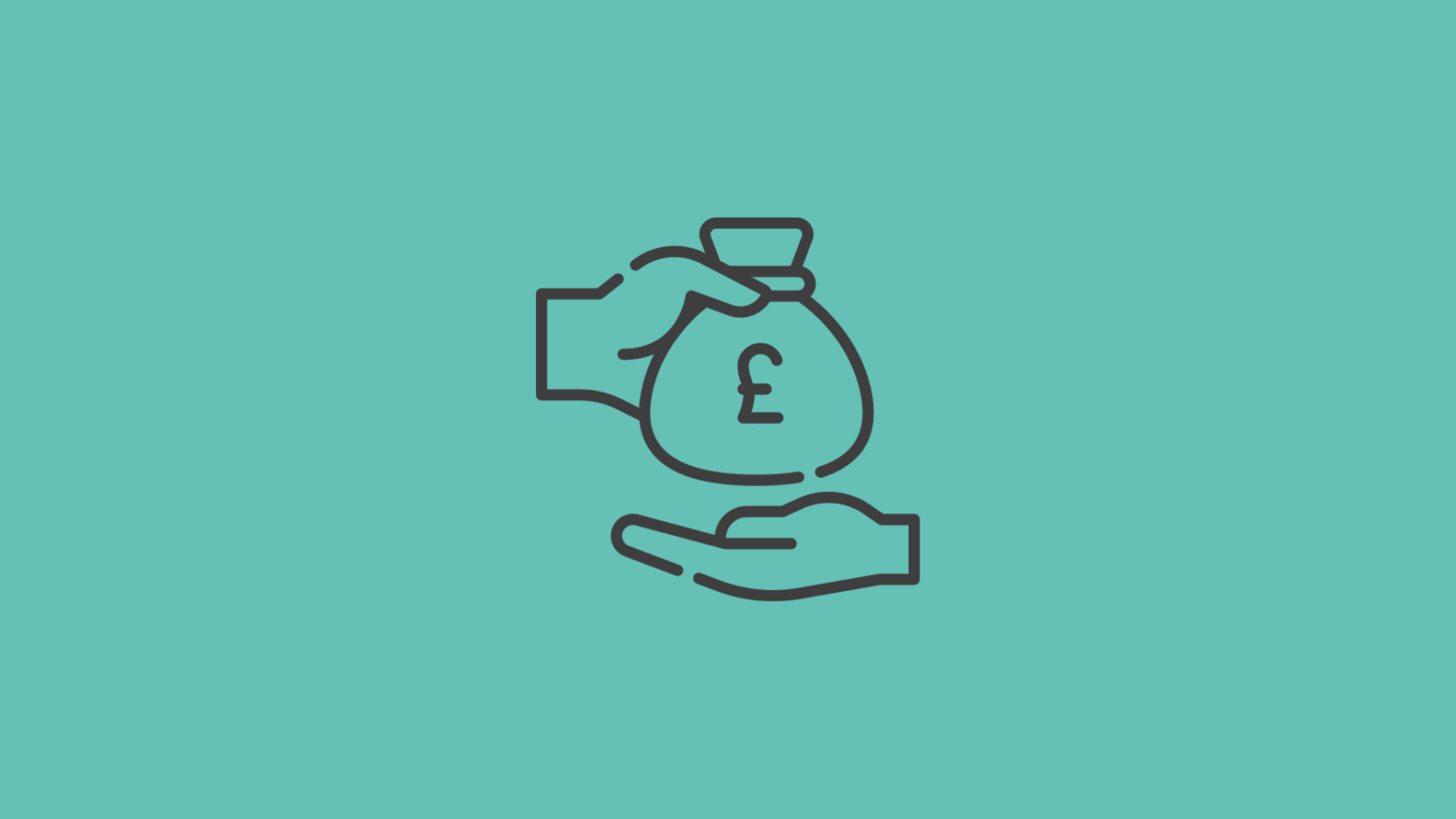

The Viral Effect: 10 ways to make your product go viral
23rd November 2018
Just about every business out there dreams of the viral effect. And who can blame them? Having your product or service in front of thousands or millions of people would be a game changer for any business. However, before you invest time and effort into mastering how to make your product famous, make sure the product you’re promoting is worth the effort, because when something becomes popular it is without a doubt going to be under more scrutiny, so quality is of the utmost importance. In this article, we will be looking at how to make a viral product or service, that customers feel inspired to share automatically and talk about how you can create a viral loop to drive your business growth.
Companies that have profited from the viral effect
Hugely successful businesses like Air B&B, LinkedIn, and Dropbox have wisely utilised the power of viral loops. It’s a strategy that makes your current customers share your product to others and as a result, brings in more users. It can be a very powerful method for startups because it has the potential to grow your business rapidly with a very low budget.
Here are 10 ways you can start creating an effective viral loop for your startup.
1. Keep it simple
If you already have a great quality product that your customers are happy with, and you’ve delivered great customer service, it’s more than likely your customers will recommend you without any effort on your part. That’s why it’s essential that you make the recommendation process seamless and simple for your customers, that way they’re much more likely to recommend you.
2. Create an unforgettable customer experience
There are some things that money can’t buy, and creating an unforgettable experience is one of those things. It’s a great feeling when you order something and in return, receive something that exceeded your expectations. This is almost always going to lead to a viral effect in the long term. People love getting more than they bargained for, and they will without a doubt tell others about their experience.
3. Ask for a referral at the right time
There is never really a perfect time to ask for a referral. However, before you ask anyone for a recommendation be sure that your customer is completely satisfied with your product or service. No one likes a hard sell, so try a softer approach when asking for a referral. Try and gently remind your customers throughout your sales process, and ask them again when you know they are fully satisfied. Avoid asking any unhappy customers, it could further damage your reputation with your customer and their networks.
4. Create different kinds of recommendations
You can make recommendations as simple or as complicated as you like. The more simplified your recommendation options are, the more likely your customers are going to participate – and the more chance you have of achieving the viral effect. Your referral options could be as simple as a thumbs up and thumbs down, star ratings, or something as simple as integration of social media sharing icons.
5. Offer a benefit in exchange for a referral
Incentives are a great way to drive people to take action. People love free stuff, whether it’s a discount, an upgrade, free deliveries or a freebie. This is a very popular referral method, used by lots of companies who have achieved the viral effect. Offering a double benefit to both your current clientele and future clientele is a very effective way to convert new customers, and to keep your existing customers happy and vocal about your brand. For example, some banks offer £100 to both you and your friend if they open an account with them. This is also a great way to feel out new influencers and advocates for your company.
6. Personally reach out to your most influential customers
Once you have started to establish who your influences and advocates are, show them the human side of your brand by reaching out to them personally. If they are already big fans of your brand, then they are the perfect people to ask for a referral. If you do find yourself with superstar referrers, find a way to reward them and say thank you. A little recognition goes a long way.
7. Use customer satisfaction surveys to identify potential advocates
Ask customers what they really think of your service with a customer satisfaction survey. Just like we discussed previously, try to keep your survey a simple as possible, which your customers can fill out quickly. By using something like a net promoter score, your customer can easily mark you between one and 10 and answer questions like “how likely would you be to recommend us to a friend” this is a great way to separate your detractors (unhappy customers who gave you a low score, and could potentially damage your brand through word-of-mouth) from your promoters (happy loyal enthusiasts of your brand, who will keep buying and referring others, and increasing growth). You can then utilise these promoters to achieve the viral effect by offering a reward for making a referral or talking about you on social media.
8. Remember special occasions
Build strong, lasting relationships with your customers by making them feel valued and appreciated on special occasions like Christmas or Birthdays. Send them a gift, or a money off voucher. It doesn’t have to cost too much, it’s the thoughtful gesture that counts. Even something as simple as an e-card would suffice. A little can go a long way with your customers and it’s the distance that counts in business because customer lifetime value is essential in company success.
9. Solve problems quickly
None of us like running into problems, especially in business. However, running into a problem and resolving it quickly, might just turn into a positive experience for your company and contribute to the viral effect of your business. The key here is speed and efficiency. If a customer or client is disappointed with your product or service, you can quickly turn their negative experience around by putting all your efforts into resolving their problem with a personal approach. An unhappy customer could very well turn into a brand advocate if they think that you are the kind of company that takes care of its customers.
10. Give thanks
It’s so easy to say thank you. Whether it’s through an email or a phone call, people like to feel appreciated. So if you have customers referring your brand, don’t forget about them, because they play a fundamental role in getting new customers through the door and could potentially have a viral effect.
Keep up to date with what we’re up to via email






Copyright ©Robot Mascot Ltd. All rights reserved.





